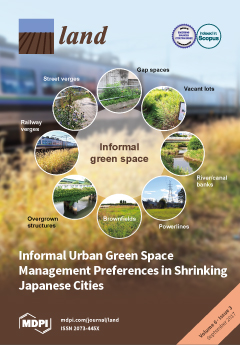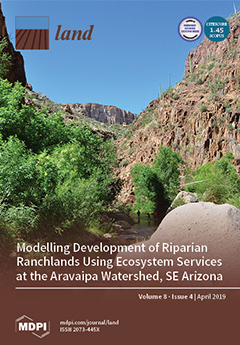Producers co-operatives and rural development in Ethiopia
The main objectives of the cooperative societies of the 1960’s were the promotion, in accordance with cooperative principles and the requirements of social justice, of better living, better business and better methods of production by reducing the cost of credit, etc. Most of the societies then were farmers' cooperatives whose membership were composed of land owners, provincial and district Governors businessmen, etc. The leadership was also controlled by the same people.





